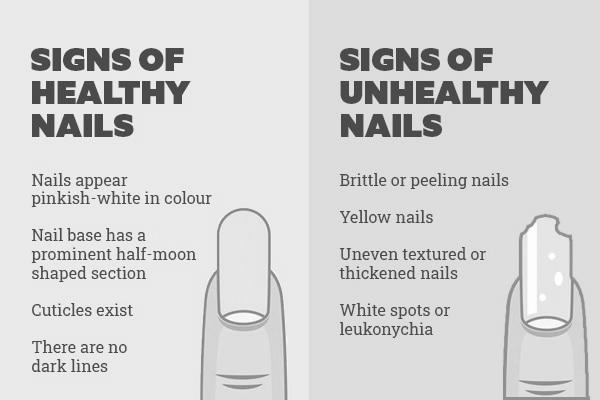- Dry, Peeling Skin Below Finger Nails – What Could Be the Problem?
- Paronychia
- Iron deficiency
- Fungal infection
- Allergies to nail polishes
- Alcohol-based hand sanitizers
- How to Grow Nails Faster – Natural Methods You Can Incorporate Into Your Daily Routine
- Olive oil
- Tomato juice
- Horsetail
- Biotin
- Tomatoes
- Sweet potatoes
- Oats
Dry, Peeling Skin Below Finger Nails – What Could Be the Problem?
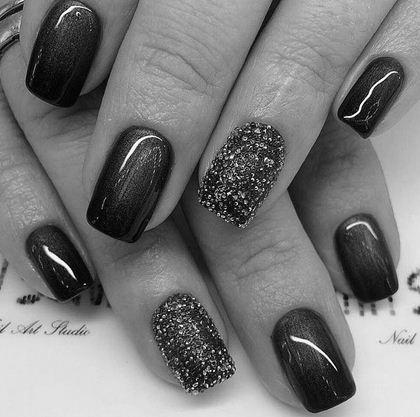
There are many reasons you might have dry, peeling skin below your fingernails. It could be a symptom of another ailment, a vitamin deficiency, or an allergy to nail polishes. You can also try home remedies like applying moisturizing hand cream to the affected area. However, before you try these home remedies, consult a doctor or dermatologist.
Paronychia
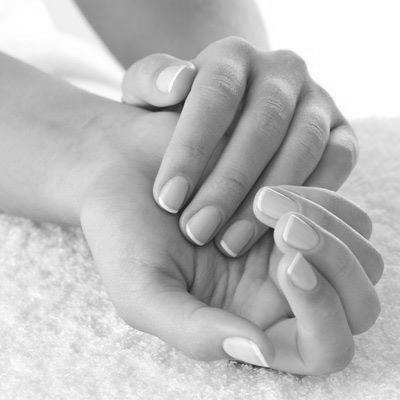
Peeling skin underneath fingernails may be a sign of an infection. Fortunately, there are several simple treatments available. To ease the pain, you can try soaking your hands in warm water three to four times per day. You can also try applying moisturizing hand cream. Taking good care of your hands will keep them healthy and less likely to peel. And you don’t have to rely on expensive treatments – many home remedies are excellent.
First, your physician will likely prescribe an antibiotic. It is essential to prevent infection. Your doctor may also prescribe an antibiotic cream. Antibiotics are necessary for treating skin disorders, especially those that cause dryness and peeling. In addition, the right vitamins may be deficient in your body. You’ll want to consult your doctor if your peeling skin continues after a week. If it persists, you should visit your doctor immediately.
Other possible causes of peeling skin around fingernails include certain skin conditions and allergies. If your skin is prone to infection, it’s essential to get medical treatment. Excessive washing of your hands and prolonged exposure to water may also be to blame. You should also avoid picking your fingernails or skin around them, as these activities can cause the skin to peel. Also, your skin could be irritated by chemicals, which could cause it to peel.
You should visit your dermatologist if you notice flaky nail skin. Brittle nails can also be caused by repeated wetting and drying, especially in low humidity or dry heat. You should also wear cotton-lined rubber gloves when working in dry, hot, or humid environments. It is beneficial if you’re working outdoors. Some products contain B-vitamins, which can help prevent brittle nails.
Iron deficiency

Peeling skin below the fingernails can be several things, including external force or a vitamin deficiency. Peeling toenails can also indicate an iron deficiency with an iron-rich diet. In a condition called Beau’s lines, horizontal or vertical ridges across the fingernail may also indicate iron deficiency anemia or kidney disease.
A simple physical exam can quickly diagnose a fungal infection, and treatment usually involves over-the-counter or prescription medication. You should avoid prolonged exposure to water and use cotton-lined rubber gloves when performing household chores or swimming. If your nail is particularly thick or brittle, your physician may need to remove it. If the skin on the underside of your fingernails is peeling and splitting, your doctor may recommend treating the problem with oral psoriasis.
Other signs of iron deficiency include pale skin, brittle nails, and fatigue. If your nails look spoon-shaped or have a dipped center, you may be suffering from anemia. In addition to peeling skin under your fingernails, an iron deficiency can cause various symptoms, including frequent headaches. Iron is crucial for a healthy immune system.
Symptoms of iron deficiency may include white or opaque spots below your fingernails. Some people may also experience a rash on their fingertips. If you develop a rash on your fingernails, it could indicate Darier disease. A well-balanced diet rich in zinc and Vitamin B may help treat the condition. Zinc is vital for healthy nails, as it is crucial to maintain a healthy balance of iron in the body.
Fungal infection
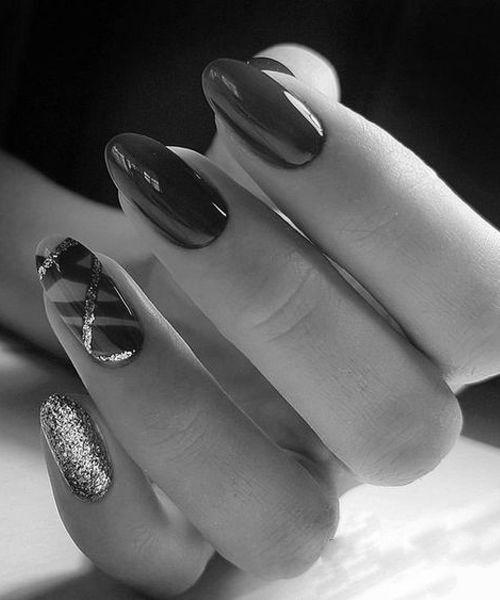
You may be concerned that your peeling fingernails could result from a fungal infection. If you have a fungal infection, your first step should be to get a dermatologist’s diagnosis. In some cases, onychomycosis is a chronic condition. Symptoms of this condition can be challenging to recognize and may not respond to topical antifungals. You can also go for pills. If you are prone to infections, your doctor may prescribe an oral medication. These medicines kill fungi in your body and can last for about two to three months.
The symptoms of a fungal infection below the nail are similar to those of a yeast infection. A white spot under the nail may become inflamed and develop pus. Thickened nail skin will be difficult to trim, and the nail may curl up or crumble when touched. You may also experience a foul smell. The infection can even make it difficult to walk. So, be cautious and see your doctor if you have to peel the skin underneath your fingernails.
The most common fungus symptom under your fingernails is distal subungual onychomycosis or DSO. The infection begins at the base of the nail, or nail bed, and extends toward the cuticle. The discolored area will eventually peel off and reveal the nail bed. Inflammation around the fingernails is an indication of an infection. To cure your condition, you must first treat the inflammation.
The symptoms of a fungal infection may also appear alongside other symptoms, such as redness or soreness. Your peeling skin may indicate a bacterial or fungal infection in severe cases. However, it may be the result of a skin disorder. Psoriasis, an autoimmune disease, may also cause your skin to peel. Chronic eczema and atopic dermatitis can also cause peeling skin.
Allergies to nail polishes
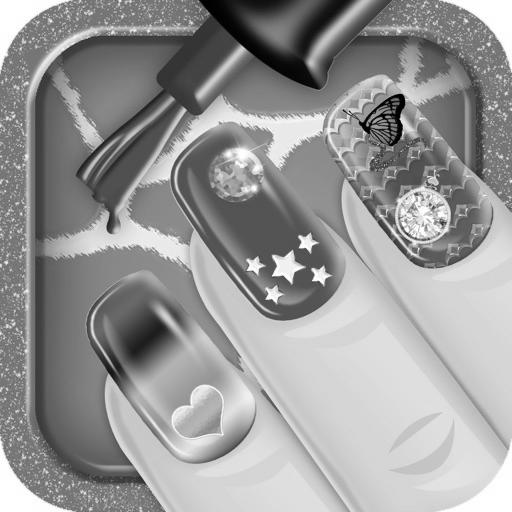
If you’ve ever noticed that your fingernails have a pink or red tint, you’ve probably suffered from an allergic reaction to nail polish. These reactions can be painful and uncomfortable, and sometimes they even happen on parts of your body you’d never expect. Allergies to nail polishes can also result in an itchy, red patch on your skin.
Some people develop a sensitivity to nail polish is not known. The reason it occurs is because of a breach in the skin barrier. After repeated exposure, a substance can combine with proteins in the skin and trigger a response that causes redness, itchiness, and peeling. These allergic reactions can also lead to skin conditions such as atopic dermatitis and eczema.
Some nail polishes contain a toluene sulfonamide/formaldehyde (TSFR) resin. This resin makes the product durable and adds gloss. Some people are allergic to this ingredient, which can cause their nails to peel. If you’re unsure, read the label on the product to see if it contains TSFR.
You may notice redness or peeling under your fingernails after applying nail polish. You might also see a rash on your thighs or stomach, which is another indication of a nail allergy. While nail polishes are great for making your fingers look fresh, it’s important to remember that they can also weaken your nails. And, since the effects of nail polishes and acrylics last for a long time, you’ll want to wear nail polish with caution.
If you’re concerned that your nails might be causing your skin to peel, you should seek a dermatologist’s care. These technicians often handle chemicals and pin products and risk developing allergic reactions. They need to avoid exposure to these products to prevent allergies from developing. However, if they’ve never experienced a reply, you can still assume that your condition is related to your products.
Alcohol-based hand sanitizers
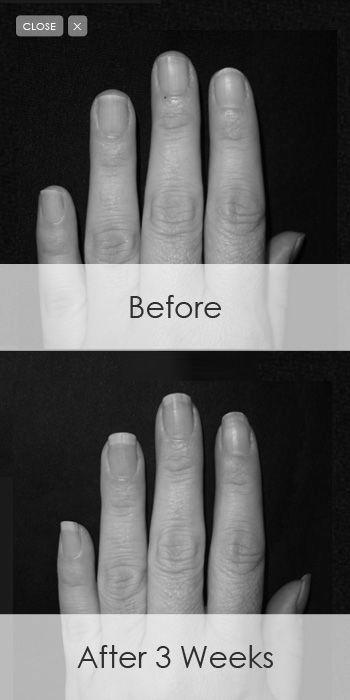
The first reason your skin is peeling is most likely alcohol-based hand sanitizer. The harsh ingredients in these products can make your skin very sensitive. It can also cause a burning and itching sensation. In addition, alcohol-based hand sanitizers dry out the upper layers of skin, making them more vulnerable to the sun’s rays. So, while alcohol-based hand sanitizers help protect your skin from the sun’s harmful rays, you should only use them on your hands.
The chemical triclosan found in many hand sanitizers is known to disrupt hormones and cause allergic reactions. Because of this, triclosan is in several kinds of hand sanitizers. The reason is that triclosan causes more bacteria to develop resistance to antibiotics. It is not safe for those with allergies or skin disorders.
While hand sanitizers kill germs, they also have unpleasant side effects. Alcohol-based hand sanitizers are easy to use and convenient. They also kill bacteria and viruses by dissolving their outer layer of proteins and disrupting their metabolism. It is not good news if you’re suffering from peeling skin below fingernails.
Consumers who suffer from skin peeling below fingernails may have a connection to alcohol-based hand sanitizers. Some of these products may contain nonstandard alcohol concentrations and formulations. In addition, the FDA has a temporary guideline for alcohol-based hand sanitizers due to the COVID-19 pandemic. The policies do not apply to alcohol-free hand sanitizers.
How to Grow Nails Faster – Natural Methods You Can Incorporate Into Your Daily Routine
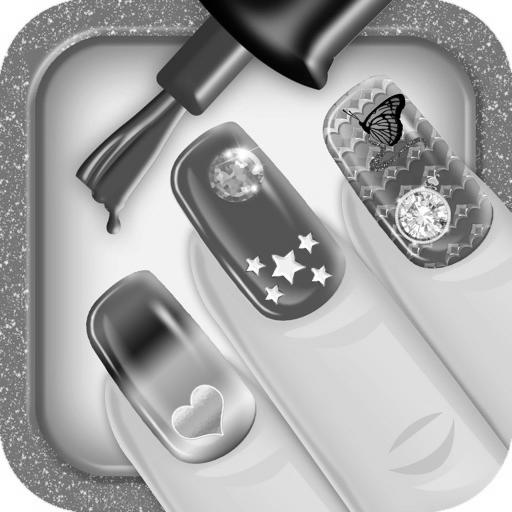
You may be asking yourself how to grow your nails faster. The answer to this question lies in the natural methods you can incorporate into your daily routine. These methods involve Tomato juice, Olive oil, Horsetail, Biotin, and other ingredients. Follow these tips on an alternate week basis, and you’ll soon be on your way to growing your nails faster. But, before you jump to conclusions, consider the following:
Olive oil
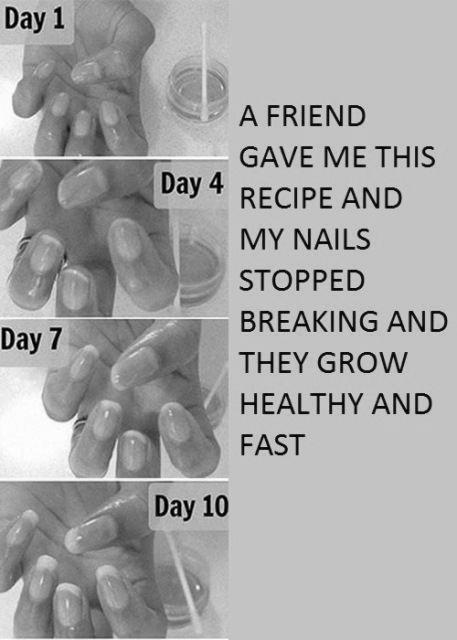
If you’re wondering if olive oil can help you grow your nails faster, you’re not alone. Nails are one of the most vulnerable parts of the body. They can be brittle, dry, or ingrown. If you have these problems, you may also need to deal with fungal infections, leading to an abscess that contains dangerous bacteria. Olive oil has several beneficial effects on the nails, including increasing their length and strength.
You can apply olive oil to your hands or soak them overnight. If you don’t want to use the oil on your hands, you can wash them in the oil for at least 15-20 minutes to see the results.
Another simple way to keep your nails healthy and strong is by massaging them with warm olive oil. It’s worth repeating this treatment twice a week to see results.
Tomato juice
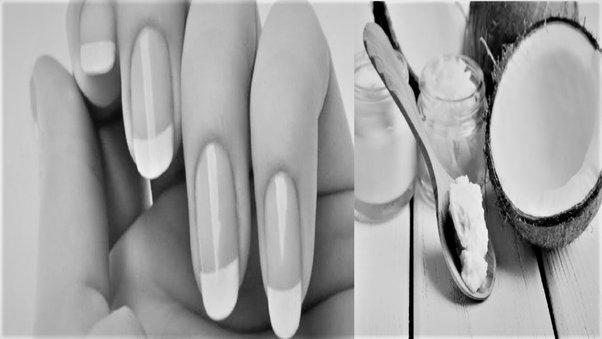
Drinking tomato juice can strengthen your nails and add thickness. Tomatoes contain biotin and vitamin C, essential for healthy skin and nails. The juice can be combined with olive oil and soaked for 10 to 15 minutes. It will strengthen your nails and make them shine. Besides eating tomatoes, you can use tomato juice as a nail soak. You can also add rosemary essential oil to the mixture to get better results.
Besides using tomato juice as a nail soak, you can also apply it to your nails and cuticles. Rub the mixture on your nails and cuticles, and wait for five to 10 minutes, then rinse with plain water. Vitamin C and A in tomatoes will promote the growth of your nails naturally. Olive oil is another excellent natural nail treatment. It nourishes and moisturizes your nails and improves blood circulation.
For a more nourishing soak, mix one tablespoon of tomato juice with half a cup of olive oil and mix it well. Soak your fingers in this solution for 10 minutes every day or two. It works effectively. Just remember to rinse your fingers with a mild cleanser afterward. This remedy can also help you get long nails. You can repeat this procedure as often as you want. But if you are concerned about soaking your nails in tomato juice, it’s better to go with a product that has to grow your nails faster.
Horsetail
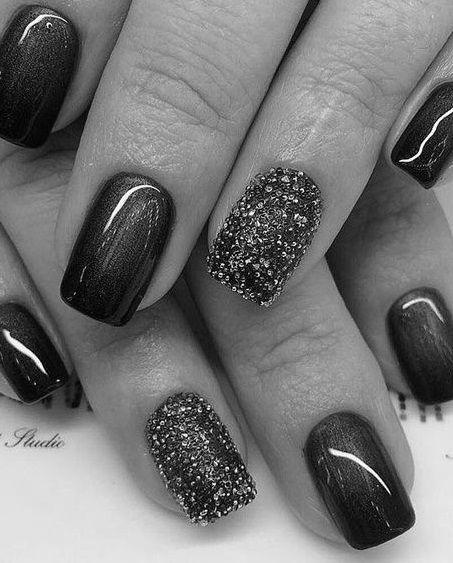
If you are looking for ways to grow your nails faster, then Horsetail is an excellent option. Into tea. You can also make jelly with shredded horsetail rhizome, flaxseed, and burdock root. Then, you can add this tea to your diet. Horsetail contains organic silica that is great for nail growth. It also restores the natural nail plate, making it ideal for nail growth.
Another great benefit of Horsetail is its anti-inflammatory, antioxidant, and keratin content. Moreover, Horsetail improves blood circulation to the scalp, which promotes healthy hair growth. It also increases urine output, which supports better overall health—the increased blood flow results in healthier hair follicles and faster development. Hence, Horsetail is also an excellent choice for those suffering from thinning hair.
Before using Horsetail, you should consult your doctor to avoid possible interactions with your medications. You should avoid its use if you are currently taking any prescription or are on a diuretic. It can also lower your potassium levels. If you are pregnant or breastfeeding, you should consult your doctor before using Horsetail. It may interact with drugs that lower blood sugar levels. And, of course, if you have a history of diabetes, heart arrhythmias, or low potassium.
Biotin
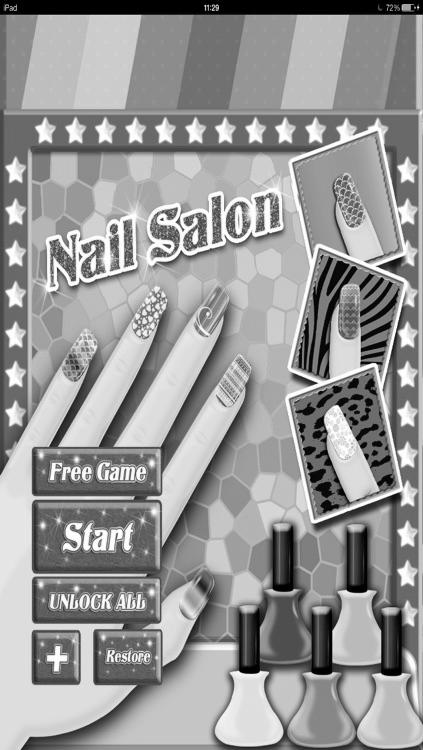
Research has shown that biotin supplements can help you grow nails faster and more robust. Biotin is a vitamin that can help your body produce more of selenium’s vital nutrients. The B vitamin is the main component of skin and nails, and it is often deficient in people. If you don’t have enough biotin, your nails may become brittle and crumbly.
Although biotin hair and skin formulas, you can also get this vitamin by supplementing a dietary supplement. Biotin is a water-soluble vitamin that helps your body metabolize food and turn it into fuel. It would help if you had biotin to maintain a healthy nervous system, skin, and strong nails. It would help if you also had biotin to properly metabolize carbohydrates, fats, and amino acids.
While there is no evidence that vitamin supplements directly on your nails can help you grow your nails faster, they can make them healthier and more robust. Vitamins B12 and folate are also essential for nail health. Vitamin B12 helps absorb iron and form red blood cells, two of the primary nutrients in nails. Deficits in either can lead to blue and brownish nails—folate, which in red blood cells, is also essential for nail growth.
Tomatoes
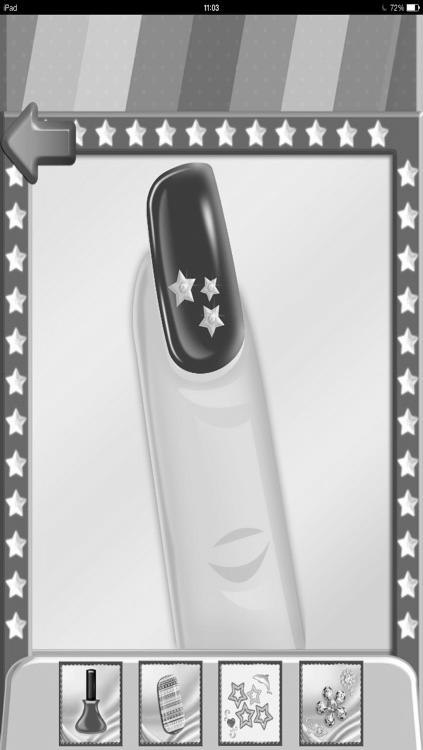
Tomatoes are a great way to strengthen your nails. They also have many other health benefits. The downside to eating them is that the juice will not dissolve completely. Some people choose to harvest their tomatoes early, reducing their nutritional value. If you’re a fan of growing vegetables, consider trying this method. Tomatoes don’t grow as fast as other fruits and vegetables, but they are also great for your nails.
Tomatoes contain lycopene and biotin, two substances that promote healthy nail growth. The key is not to cook tomatoes – they destroy their vitamin C content. However, you can still apply tomato juice to your nails. Just make sure you avoid putting any tomato juice on cuts as it will sting. Tomatoes are an excellent way to make your nails longer and more robust, regardless of the method.
Tomato juice is also great for your nails, as it’s high in Vitamin A, biotin, and lycopene – all of which help increase the thickness of your nails. You can also soak your nails in tomato juice – a mix of fluid and olive oil – for a couple of minutes each day. It will strengthen your nails and make them shiny as well. And remember, tomatoes can be raw or cooked – cooking them destroys the Vitamin C.
Sweet potatoes
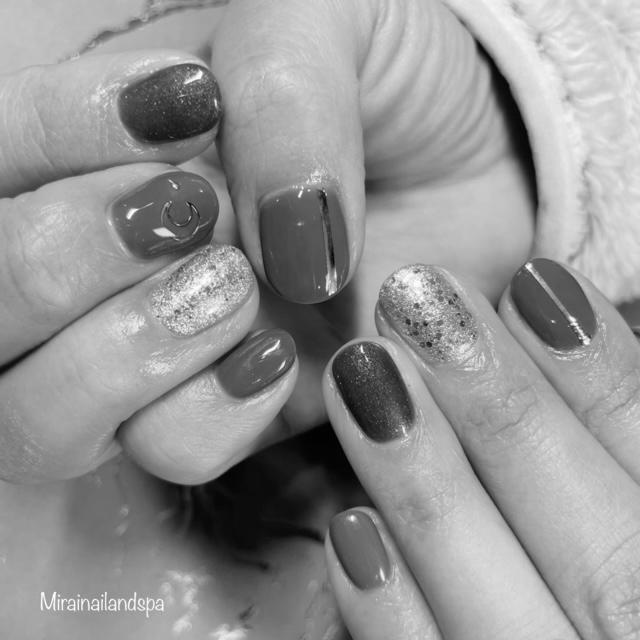
One of the best ways to boost the strength of your nails is to consume more sweet potatoes. They contain beta-carotene, an important antioxidant that helps strengthen collagen and elastin, which are the proteins that form the basis of healthy skin and hair—the nutrients contained in sweet potatoes in leafy green vegetables, such as spinach. So, consuming these foods will help your nails grow faster.
Vitamin A in sweet potatoes, also known as beta-carotene, is a powerful antioxidant and promotes faster nail growth. Vitamin A is the leading cause of slow nail growth, so eating these foods will help strengthen your nails. In addition to sweet potatoes, lemon juice is also a powerful way to grow nails faster. Apply a mixture of lemon juice and olive oil to your nails after washing your hands.
Oats
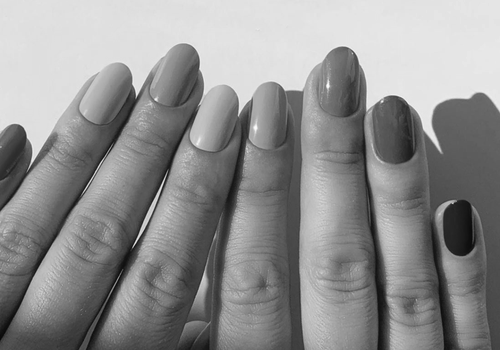
Oatmeal is a great breakfast food for your body and your nails—it with minerals and vitamins, including biotin. Biotin is a nutrient shown to accelerate nail growth by as much as 25 percent. It is also high in zinc and copper. In addition, it is an excellent source of energy. Soak oats overnight to maximize the nutritional value of the grains.
Another food that strengthens the nails is beans. In one study, people who consumed a diet rich in biotin had stronger nails. Oatmeal contains minerals necessary for healthy nails and is easy to incorporate into a diet. In addition to this, oatmeal contains zinc and phosphorus. These nutrients work together to make your nails healthier and thicker. So, it’s not a bad idea to include oatmeal in your diet.
Sunflower seeds contain a great deal of Vitamin C and are also an excellent source of magnesium and zinc. These minerals promote the production of healthy connective tissues. Sunflower seeds are a great source of vitamin A and zinc and are great for your diet as a snack or addition to salads. Sunflower seeds are so nutritious that too are baked goods and salads. In addition to oatmeal, sunflower seeds can improve the health of your nails.
